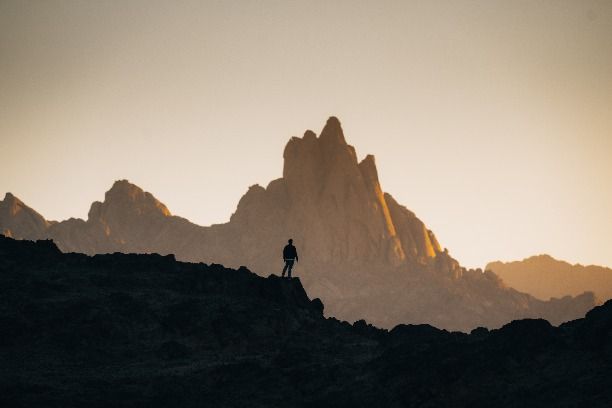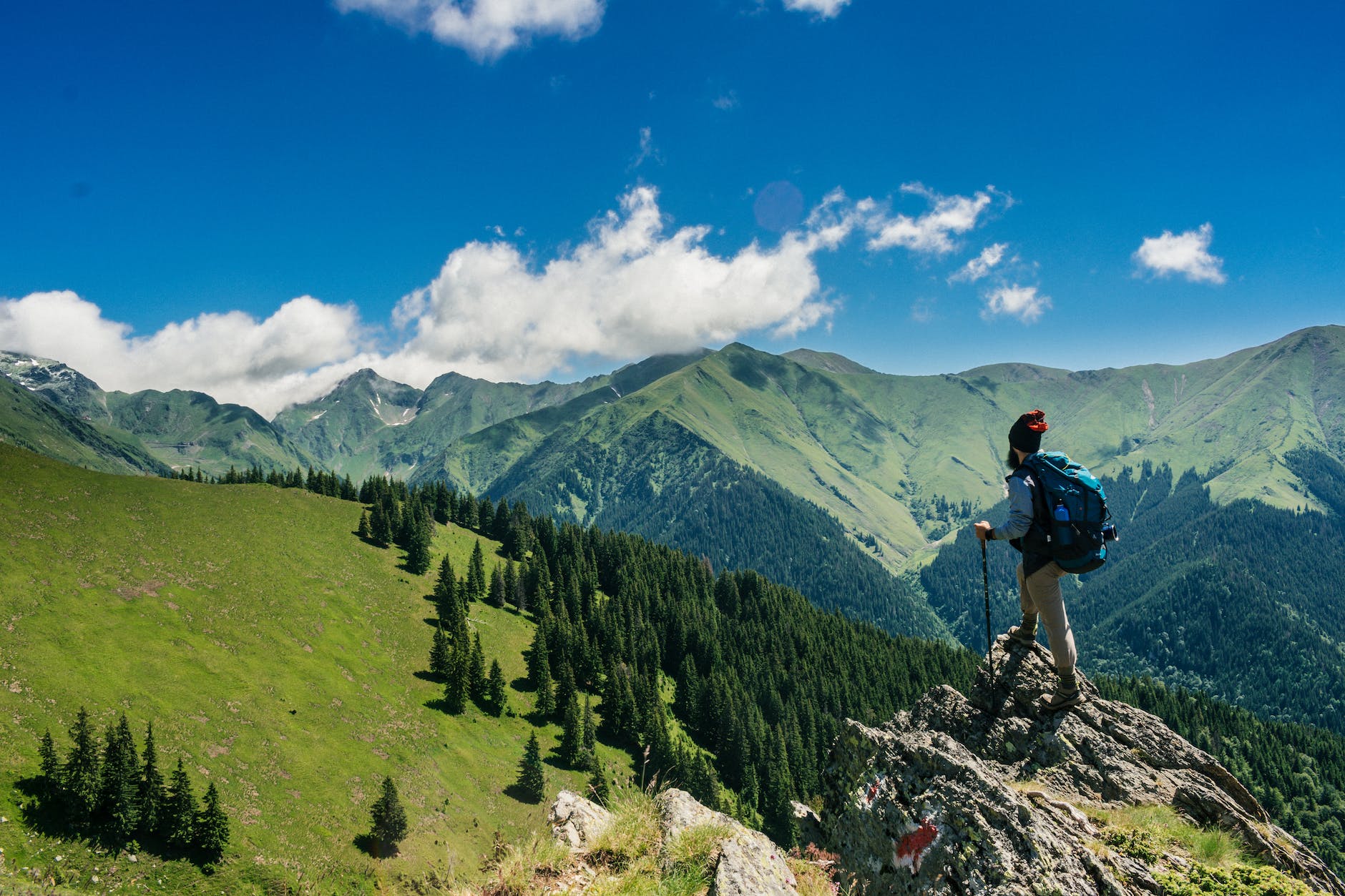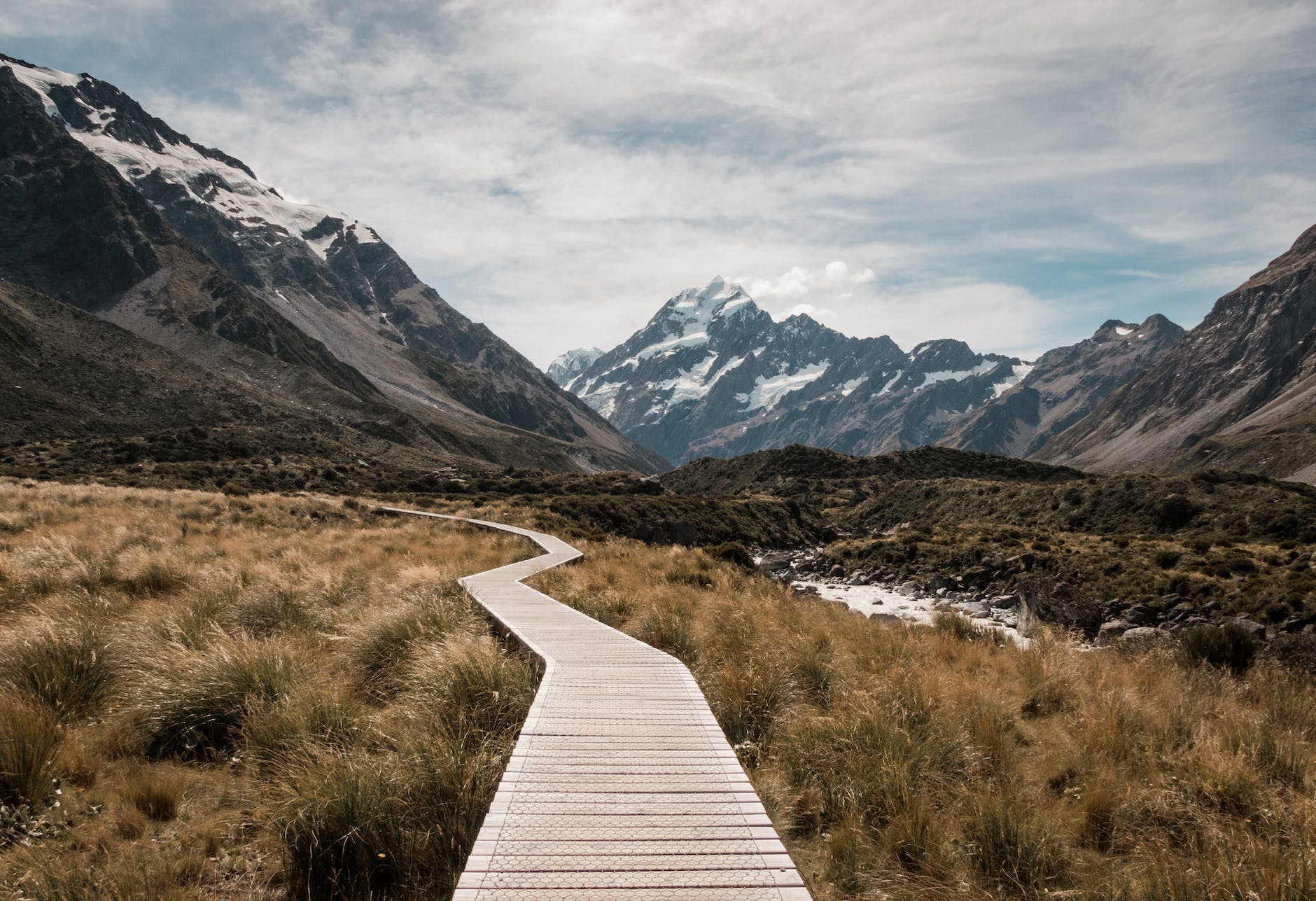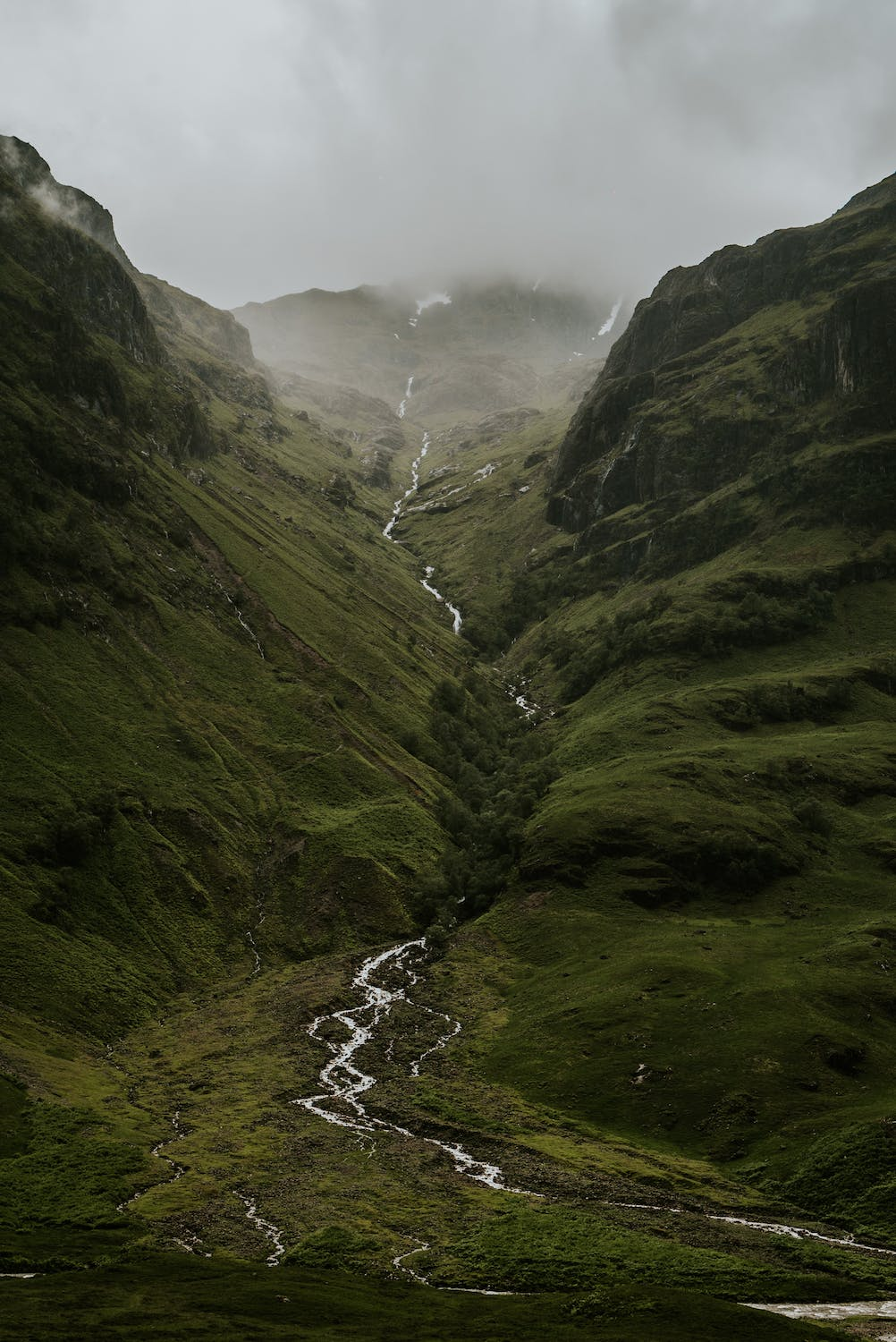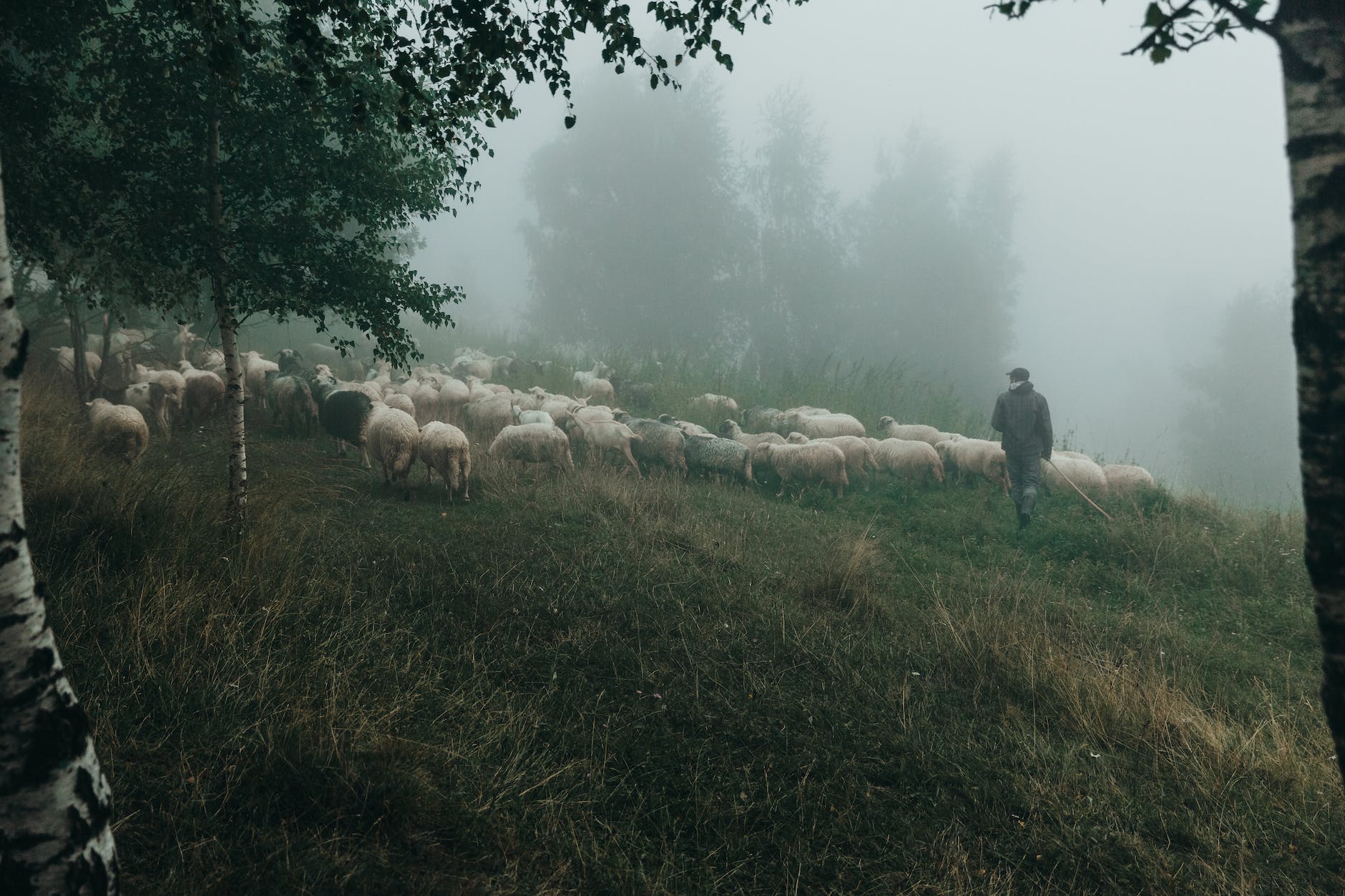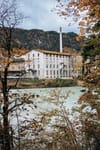Photographing landscapes in remote locations presents a unique set of challenges and rewards for photographers. These untouched and often breathtaking landscapes offer an unparalleled opportunity to capture the raw beauty of nature. However, navigating the logistics and environmental factors of remote locations requires careful planning and preparation. Here are some tips to help you make the most of your photographic adventures in remote landscapes:
Research and Planning
Before embarking on your journey, thoroughly research the remote location you intend to photograph. Familiarize yourself with the terrain, weather patterns, and any potential hazards or challenges you may encounter.
Pack Light, Pack Smart:
When photographing in remote locations, every ounce counts. Opt for lightweight and compact camera gear that won't weigh you down during long hikes or treks.
Bring Essential Supplies:
In addition to camera gear, don't forget to pack essential supplies for your journey, including food, water, navigation tools, first aid kit, and emergency shelter. Depending on the remoteness of the location, you may need to carry everything you need for the duration of your trip, so plan accordingly and pack strategically.
Timing is Key:
Take advantage of the golden hours—sunrise and sunset—to capture the landscape in the most captivating light. Plan your shoots around these optimal times, and be prepared to wake up early or stay out late to catch the best lighting conditions.
Scout Locations in Advance
Spend time scouting potential photography locations before committing to a shot. Explore different vantage points, compositions, and perspectives to find the most compelling views.
Embrace the Elements
Be prepared to face the elements when photographing in remote landscapes. Weather conditions can be unpredictable and challenging, so dress appropriately and protect your gear from rain, wind, dust, and extreme temperatures.
Respect Nature and Wildlife
When photographing in remote locations, it's essential to respect the environment and wildlife around you. Leave no trace of your presence, adhere to park regulations and conservation guidelines, and maintain a safe distance from wildlife to avoid disturbing their natural habitat.
Stay Safe and Informed
Prioritize safety above all else when photographing in remote landscapes. Be aware of your surroundings, stay hydrated, and pace yourself during strenuous hikes or climbs.
